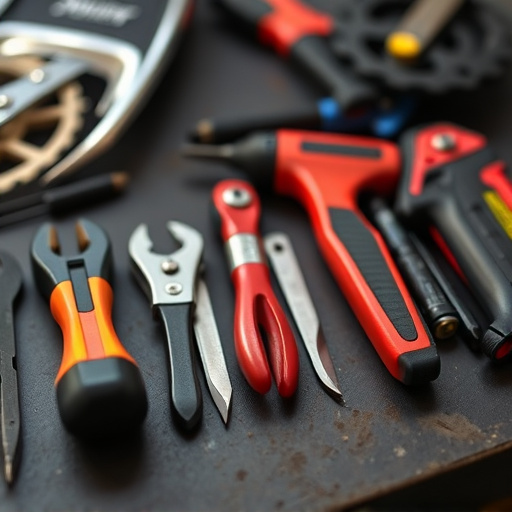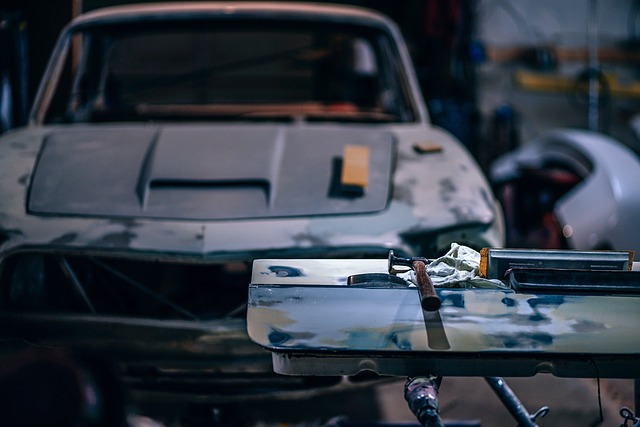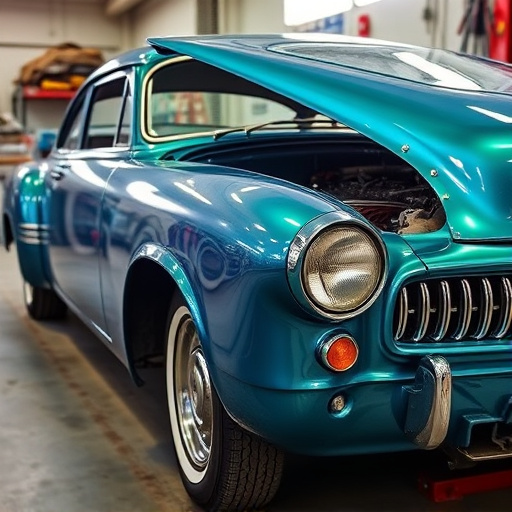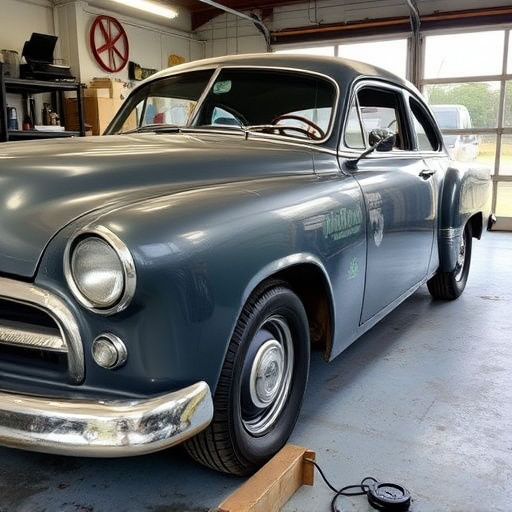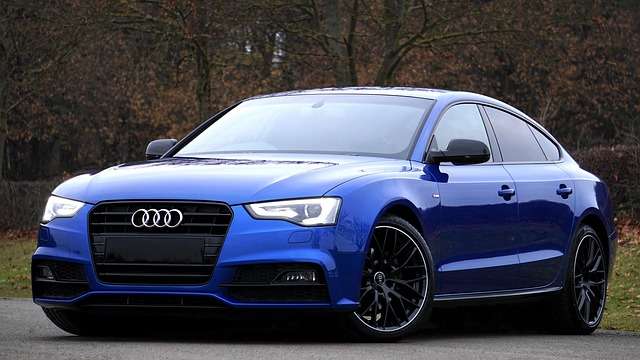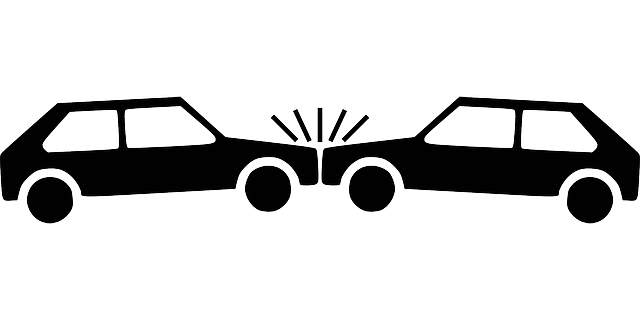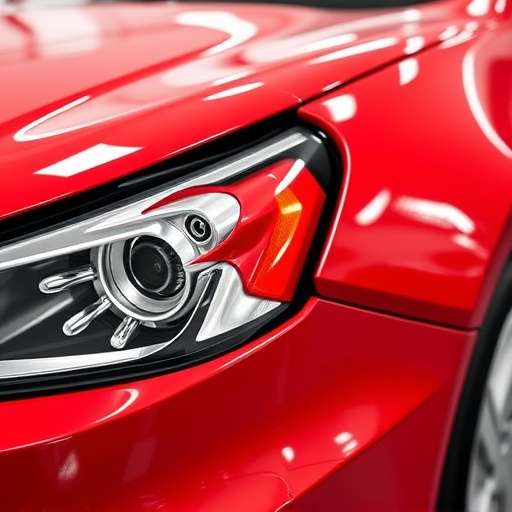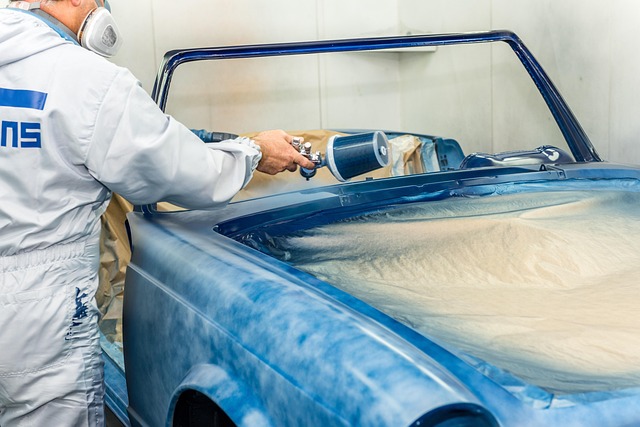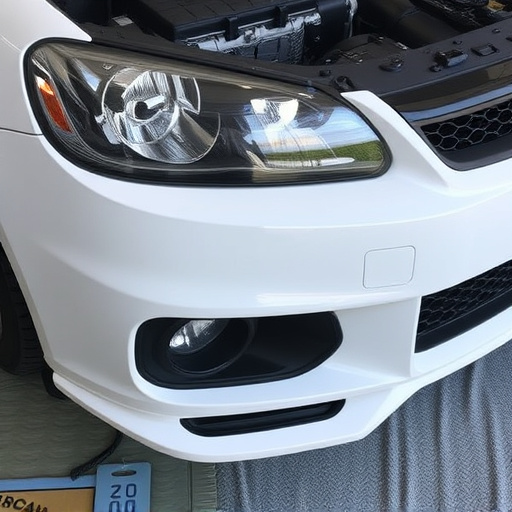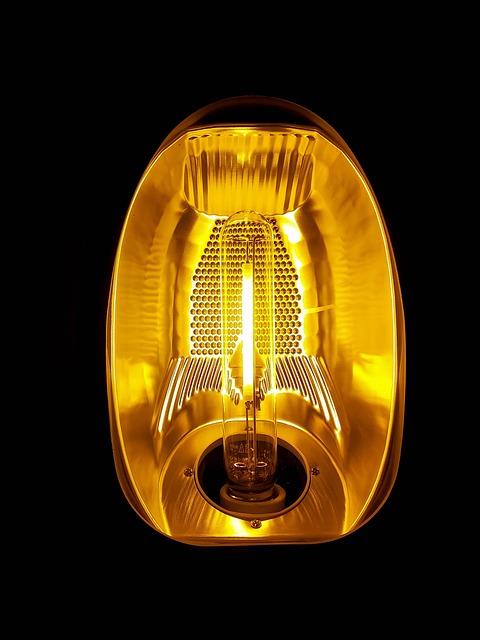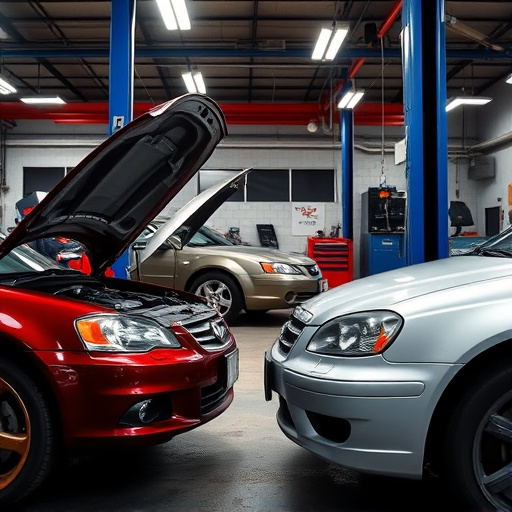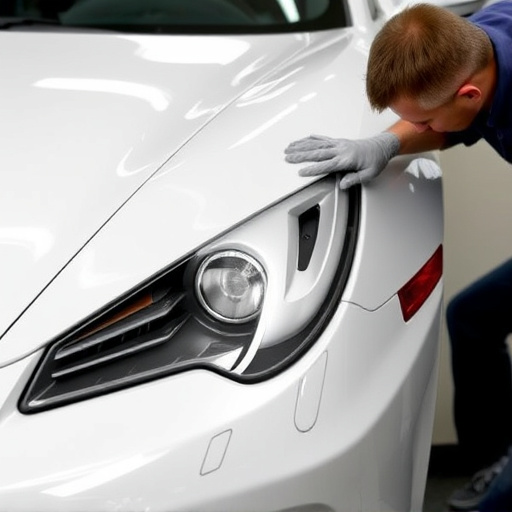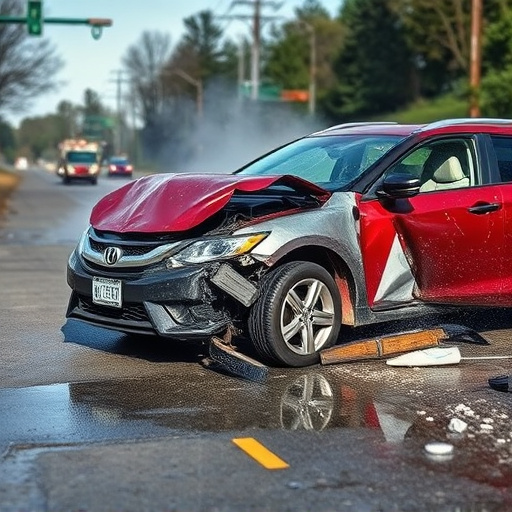Paint protection coatings, crucial for preserving vehicle aesthetics after Mercedes Benz repairs, require regular maintenance in harsh environments due to reduced lifespan from salt air, extreme temps, and road grime. Quality paint formulations and proper surface prep enhance durability against chipping, fading, and cracking. Optimal conditions, including garage storage, regular washing, and temperature control, maximize post-repair paint protection lifespan.
In harsh conditions, understanding the longevity of paint protection coatings after repairs is paramount. This article delves into how long these protective layers should endure and what factors influence their durability. From environmental conditions to proper maintenance, we explore strategies to maximize the lifespan of post-repair paint protection. Discover key insights on preserving your vehicle’s finish in challenging environments for a vibrant, lasting exterior.
- Understanding Paint Protection Coating Durability
- Factors Affecting Post-Repair Paint Lifespan in Harsh Environments
- Maintaining Optimal Conditions for Longevity
Understanding Paint Protection Coating Durability
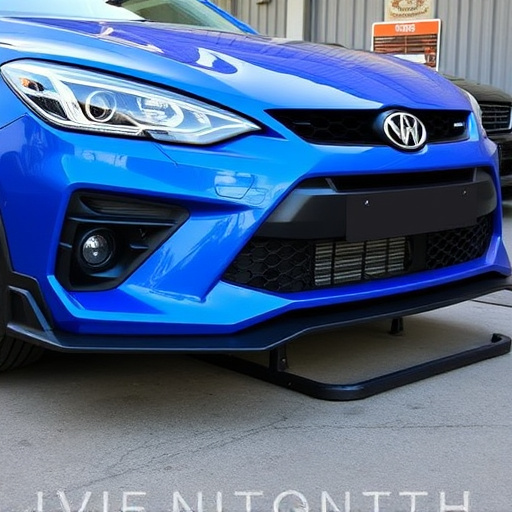
Paint protection coatings are designed to safeguard vehicle paintwork from various environmental aggressors, but their longevity varies based on several factors. Understanding the durability of these protective layers is crucial for car owners and collision centers alike. In optimal conditions, a high-quality paint protection coating can last several years, resisting scratches, chips, and fade caused by UV exposure. However, harsh environments take a toll; salt air, extreme temperatures, and constant exposure to road grime can significantly reduce its lifespan.
When considering post-repair applications, such as after a frame straightening or Mercedes Benz repair at a collision center, the initial protection is vital for maintaining the vehicle’s aesthetics. While these coatings offer immediate benefits, regular maintenance and reapplication are recommended to ensure long-term durability, especially in regions with challenging weather conditions.
Factors Affecting Post-Repair Paint Lifespan in Harsh Environments
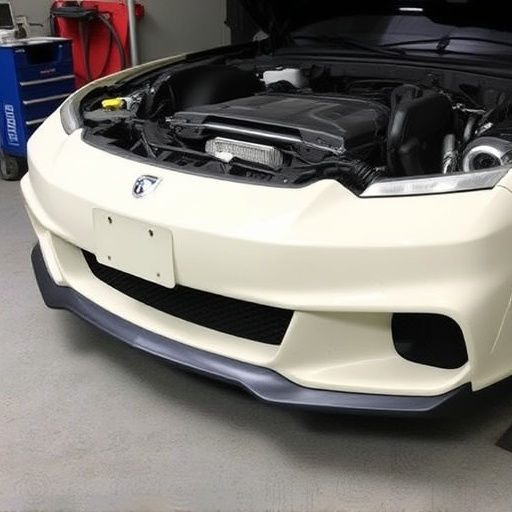
The longevity of paint protection post-repair in harsh conditions is influenced by several factors. One of the primary considerations is the quality and type of paint used during the repair process. Different paints have varying levels of durability, with some being more resistant to chipping, fading, and cracking in extreme environments. Additionally, the preparation of the surface before painting plays a crucial role. Proper surface cleaning, sanding, and priming ensure a strong bond between the new paint and the existing auto body, enhancing overall durability.
Another factor affecting post-repair paint lifespan is exposure to environmental elements such as UV radiation from sunlight, extreme temperatures, and moisture. These conditions can accelerate the deterioration of paint, leading to premature fading, peeling, or flaking. Auto collision centers that offer bumper repair and other restoration services should recommend specific paint protection treatments tailored to harsh environments to mitigate these effects. Regular maintenance, including washing and waxing, also contributes to extending the lifespan of post-repair paint, ensuring vehicles maintain their aesthetic appeal for longer periods.
Maintaining Optimal Conditions for Longevity
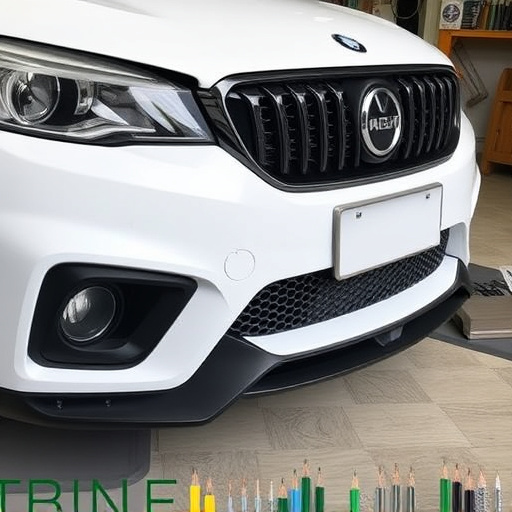
Maintaining optimal conditions is key to maximizing the longevity of paint protection post-repair, especially in harsh environments. Following a collision repair or fender bender, it’s crucial to ensure the surface is thoroughly cleaned and prepared before applying any protective coatings. Debris, dirt, and contaminants can compromise the bond between the paint and the protective layer, leading to premature wear and tear. Regular washing with dedicated car care products, avoiding exposure to harsh chemicals, and minimizing contact with sharp objects are essential practices for preserving the paint’s integrity.
Additionally, maintaining a consistent and optimal temperature range is vital. Extreme heat or cold can cause the paint protection film to deteriorate faster. Storing vehicles in garages or shaded areas during extreme weather conditions can help extend the lifespan of the post-repair protection. Regular inspections should also be conducted to identify any signs of damage or wear promptly, allowing for timely maintenance and ensuring the paint protection remains effective against the elements.
In harsh conditions, a well-applied paint protection coating can last several years with proper care. Understanding the factors influencing its lifespan and maintaining optimal conditions are key to maximizing its durability. By addressing these aspects, you can ensure your vehicle’s painted surface remains protected, preserving its appearance and value for extended periods. Regular maintenance and awareness of environmental impacts will help extend the life of your paint protection post-repair.
